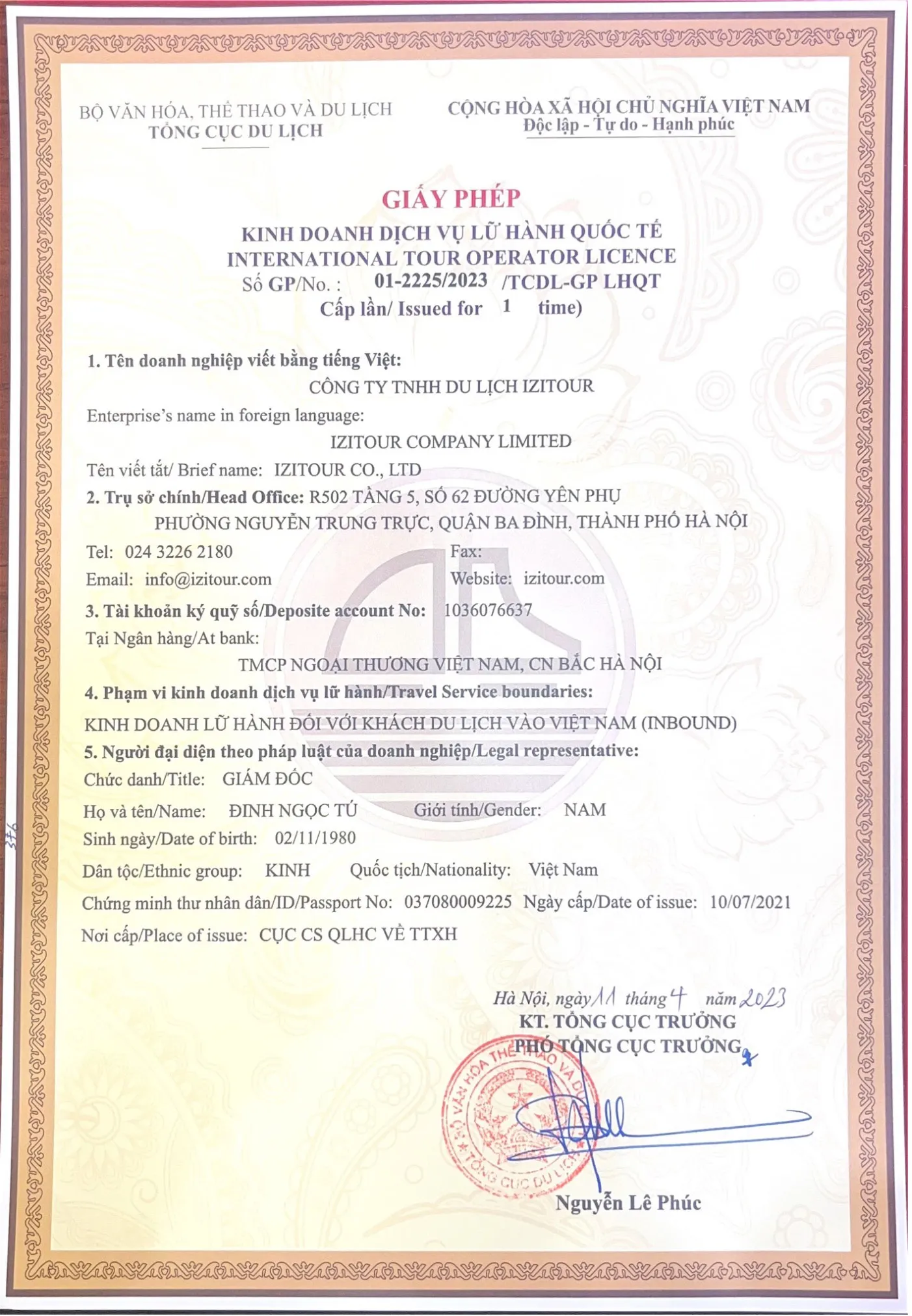The South and North of Vietnam have many differences, and the most noticeable features are climate, landscapes, cuisine, accent, and lifestyle.
After the Reunification Day on the 30th of April, 1975, the North and South of Vietnam were gathered into one family. There are values that these 2 regions share for daily life, however, there are also things that distinguish 2 parts from each other because of their distinct history and culture. Our article below explains the differences between the North and the South of Vietnam, and we hope to give you the right expectations when you visit these 2 amazing, colorful destinations.
Climate
Vietnam territory is widely-spreaded in the vertical axis, which makes Vietnam a beautiful S-shaped country. Therefore, the geographical differences between North and South Vietnam explain why the two regions have distinct weather patterns.
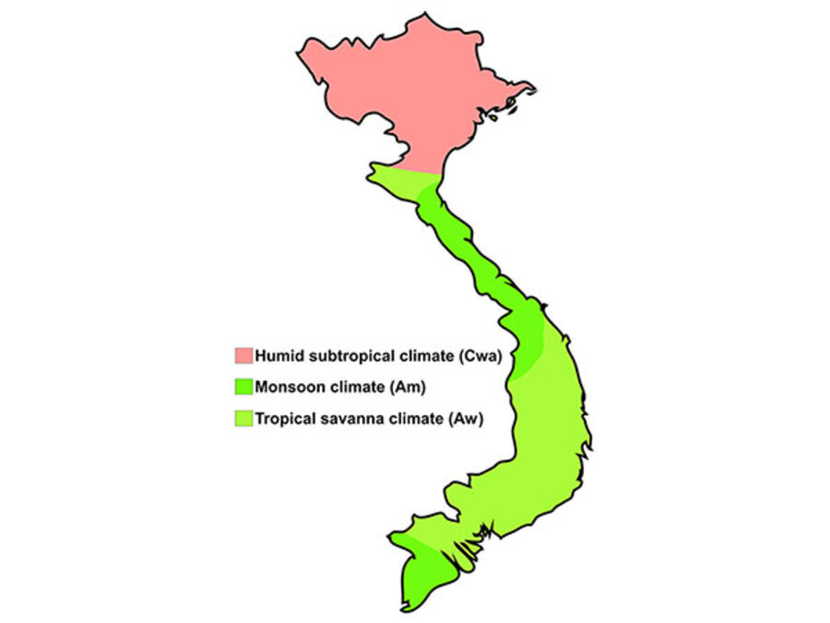
The North goes through four seasons - spring, summer, fall, winter. Especially, the winter is especially freezing and the summer is scorching hot. Temperatures as low as 10 degrees Celsius are common in the North during winter, with snowfall possible in certain mountainous regions. In the Northern summer, cities like Hanoi have intense heat with temperatures reaching over 40°C. The spring in the north brings out a high percentage of humidity which leads to thick fogs and wet conditions. Fall is the best time to enjoy the trip to the North of Vietnam because of pleasant weather, beautiful sunlight and wind.
Tropical monsoon climate with high temperatures define the weather in the south of Vietnam. Daytime highs in South Vietnam seldom drop below 25 °C and nighttime lows rarely rise over 35 °C. This region has high temperatures and rather stable weather conditions throughout the year. Just note that the rainy season can also be very ‘stable’, which means it is likely to rain all day long with high density, and can create floods.
There are two main seasons in the Southern region. The rainiest one lasts from May to October and typically brings an average of 189 days of precipitation of 2,335 mm. The rain, however, is more likely to fall in the afternoon and to be heavy and swift. From November through April of next year, we will experience the dry season.
>> See more: Best time to visit Vietnam
Landscapes
Traveling North and South of Vietnam, you'll notice how different it is in terms of the beautiful sceneries each region has to offer.
If you want to go higher, consider the very upper part of the Northern region. Northeast provinces like Cao Bang, Ha Giang, Bac Kan, Lang Son with breathtaking waterfalls, winding road, Red river branch carving out an agriculturally perfect valley.
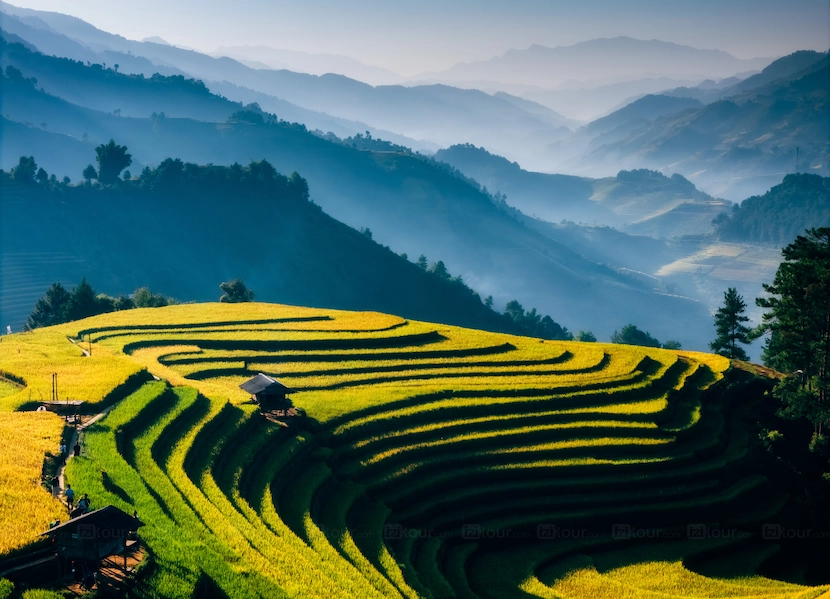
Mu Cang Chai rice terraces
Distinct cultural traditions are upheld by the several ethnic minority groups residing in this valley. Northwest area, namely Lao Cai, Yen Bai, Dien Bien, Hoa Binh, Lai Chau, and Son La lies a hilly area that borders both China and Laos. The Hoang Lien Son mountain range stands tall and proud above the harsh mountainous terrain of Vietnam's northwest. Stunning natural splendor, with its towering mountains, verdant woods, and terraced rice fields, is another hallmark.
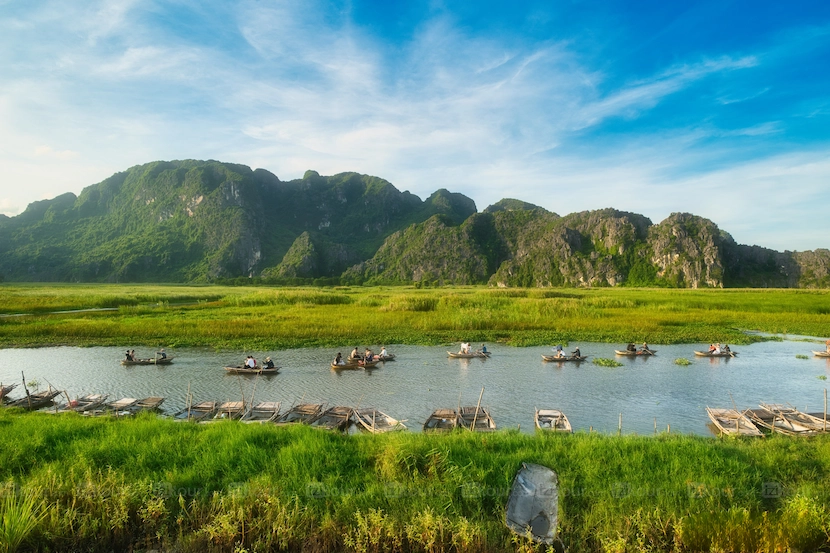
Van Long Nature Reserve
The closer you go down into the Red River Delta, the less mountainous view you see with a notable exception of Ha Long Bay and Ninh Binh - two stunning attractions of karst formation and mountains. Particularly for rice farming, this region is ideal for the area's agricultural output. Rice production in this region dates back to ancient times, making it one of Vietnam's key rice-producing regions.
As you visit Southern areas which are characterized by high humidity and heavy rainfall throughout the year, you'll realize that the position and climate make it the country’s most fertile agricultural regions.
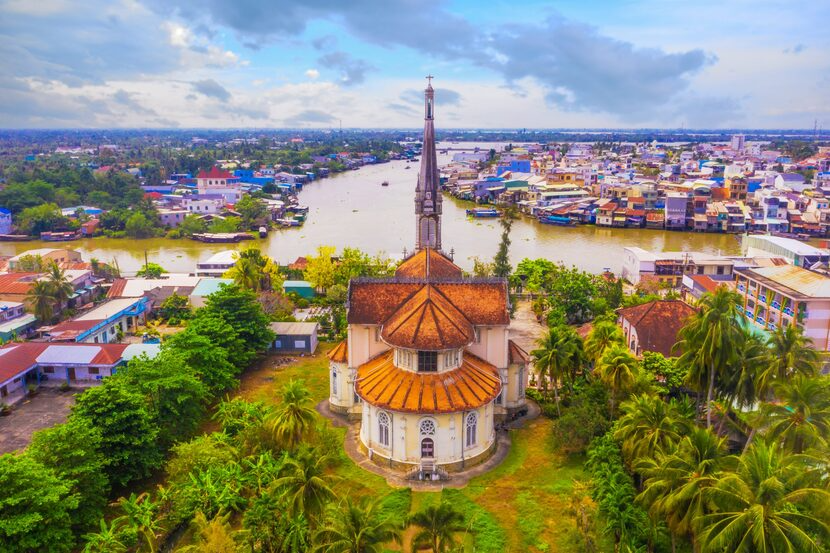
Mekong Delta
Of course, the Mekong River Delta - the biggest delta in Vietnam - dominates the area. Several provinces in Vietnam are part of the Mekong Delta: Long An, Ben Tre, Tra Vinh, Vinh Long, Kien Giang, Can Tho, Ca Mau, etc. Green rice fields, fruit orchards, and meandering canals are among local attractions that you must visit here.
Besides, if Hanoi is the central metropolis of the North, Ho Chi Minh City (Saigon) is the dominating city in the South. Saigon is bustling, busy and has so many fascinating secrets to discover if you are into history, culture and especially, nightlife activities.
>> See more: The 15 best Vietnam tourist places you should visit
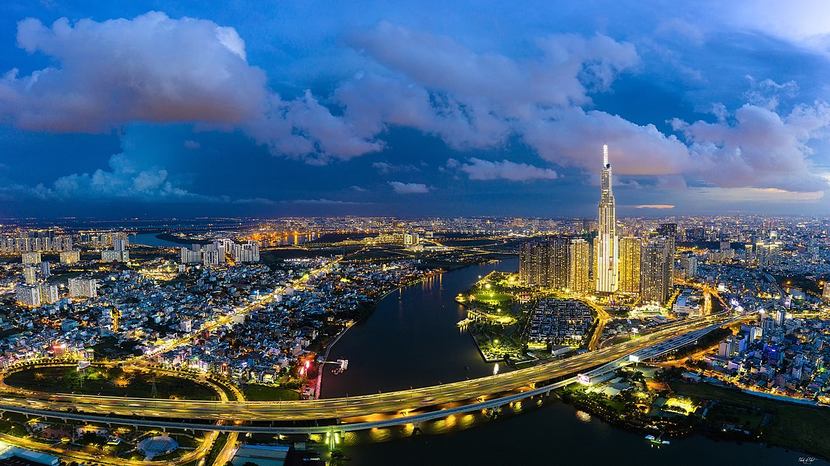
Ho Chi Minh City
If you are a beach lover, both North and South Vietnam can satisfy you. However, beaches in South Vietnam tend to be the more popular choice for travelers seeking sun and sand. The South boasts long stretches of coastline with white sand beaches, calm turquoise waters and beach resorts, with many stunning beaches and islands such as Vung Tau, Mui Ne, Phu Quoc, Con Dao Island.
Northern Vietnam, on the other hand, has fewer beaches but they tend to be quieter and less developed. The beaches here are often backed by dramatic scenery, such as the limestone islands of Ha Long Bay.
>> See more: Top 10 most stunning beaches in Southern Vietnam
Cuisine
Geographical conditions also set the main difference in cuisine in North and South of Vietnam. Northern dishes manage to have just the right amount of salt, heat, sweetness, bitterness, and sourness. Fish sauce, shrimp paste, and black pepper are essential flavorings. Northern Vietnamese food is characterized by a preference for stir-frying and slow-braising to add heat, as well as a reduction in the use of herbs and vegetables, which are more commonly used in southern Vietnamese cuisine.
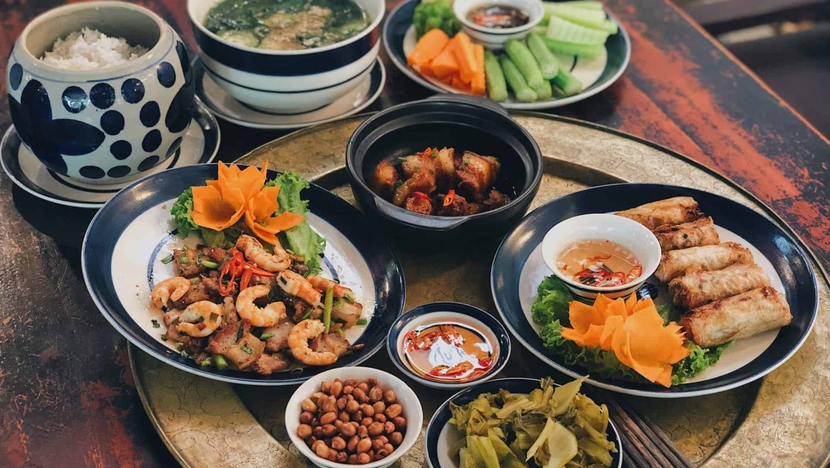
A tray of meals in Northern Vietnam (Photo: collected)
The rich culinary traditions of the South have been profoundly impacted by a wide range of cultural influences. The south's abundance of produce and animals is a result of the region's mild climate and rich soil. Garlic, shallots, and fresh herbs are common seasonings in southern Vietnamese cuisine. Coconut milk is a sign that the residents enjoy their food sweeter than that of other parts of Vietnam. The abundance of seafood in Southern cuisine is directly attributed to the region's closeness to the shore.
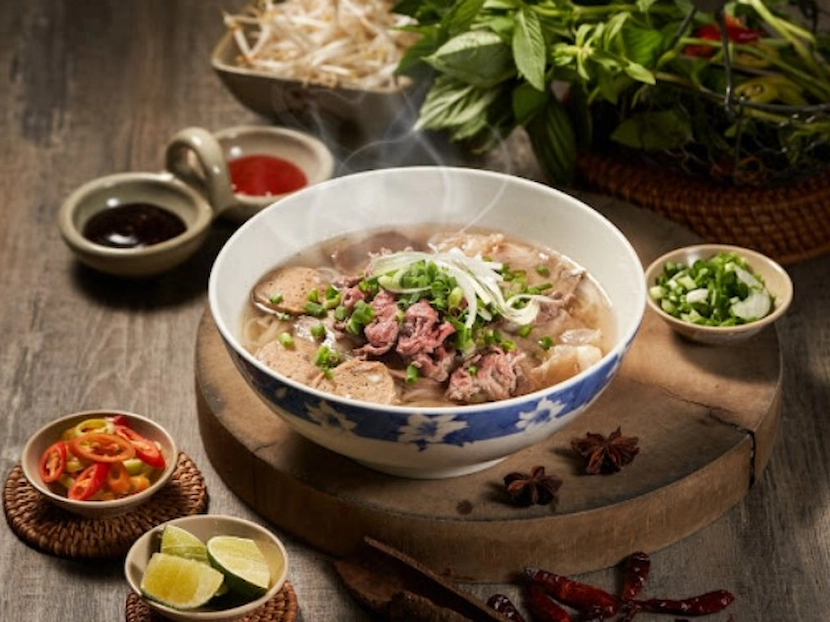
A bowl of Southern Pho (Photo: collected)
Let’s take Pho as an example. You might think Pho has the same flavor everywhere in Vietnam but in fact, it does not. Northern Pho, which is believed to be the original taste, showcases the cleverness in making the clear broth. The ingredients stay simple but taste heavenly, namely the noodles, beef, spring onion and cilantro.
Meanwhile, Southern Pho tastes sweeter (they use more sugar), has fatty and darker color broth and more spice flavor, and always accompanies a plate of fresh herbs (beansprout, basil). Northern Pho goes great with bagel twists and pickled garlic, while the Southern version embraces the use of Hoisin sauce as a sauce condiment.
>> See more: Top 10 delicious Vietnamese dishes you should know
Etiquette and Routine
Although there are commonalities between southern and northern Vietnam, such as a reverence for elders, the two regions' distinct traditions reflect their geographical separation.
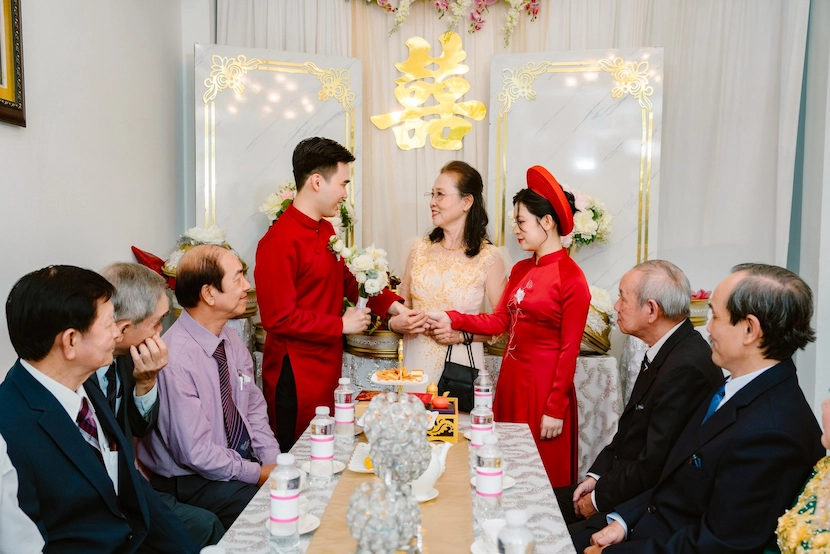
Wedding customs are a bit different in the North and South (Photo: collected)
The formality and strict commitment to social hierarchy that characterize Northerners are more well-known. They prefer more subtle displays of emotion and avoid making public displays of their love and devotion.
Etiquette from the South is not always compulsory. The southern community prefers friendly, outgoing, and humorous interaction rather than being introverted. To them, unity within the group is at the top of their minds, and interpersonal relationships take priority over formality. As a result, greetings are typically more intimate and sometimes include more physical contact.
>> See more: Vietnam manners - Dos and don'ts in Vietnam
Language and Accent
In both vocabulary and accent, southern and northern Vietnam sound very different from each other. The northern accent typically sounds more clear, and has a somewhat neutral tonation with nasal quality. The speaking tempo is also slower. Language in Hanoi is more formal because it is the cultural and political heart of Vietnam.
Conversely, southern Vietnamese tend to speak more quickly and with more noticeable variations in tone. Because of the occasional missing syllables or sounds, non-native speakers, even Vietnamese from other regions, may occasionally struggle to comprehend.
The choice of words is also different in North vs South for the same thing. For example, the bowl is called “cái bát'' in the North, but in the South, it is called “cái chén". Meanwhile, “cái chén" means the teacup in the North. Sounds a little bit complicated, right?
Vietnamese is a hard language to learn since you need to understand the culture and relationships between people to choose the right word, as they can vary across the country. If you ever want to learn it, the best way is to communicate frequently with the Vietnamese community. They are very welcoming, excited to see someone outside of their country speaking their language, and willing to help you learn.
People
When visiting these 2 metropolises, you’ll realize many differences in terms of its community.
People from the northern region of Vietnam are perceived as more reserved and meticulous. They value education and work ethic highly. When compared to northern Vietnamese, southern Vietnamese are often more outgoing and entrepreneurial. Their bold pursuit of success, enthusiasm for cocktails, partying, and welcoming demeanor have brought them fame.

That is partly a result of history. While the Northern region was strongly affected by the 1000-year Northern colonial period, Southern Vietnam became more open and commercialized due to the arrival of Western culture.
Family values and loyalty are common ideals across the two groups, nevertheless. People from Northern and Southern Vietnam couldn't be more different from one another, but they are bound together by a common history and the never-ending struggle for independence.
As Northern and Southern parts of Vietnam have distinct features, the journey through Vietnam, both North and South, unveils a treasure trove of diverse experiences. Travelers immerse themselves in the country's vibrant history, diverse culture, and breathtaking landscapes. From the North's historical sites and bustling cities to the South's captivating scenery and coastal delights, each region boasts its own unique charm waiting for you to explore.
See Price of North to South Vietnam trip
See more:
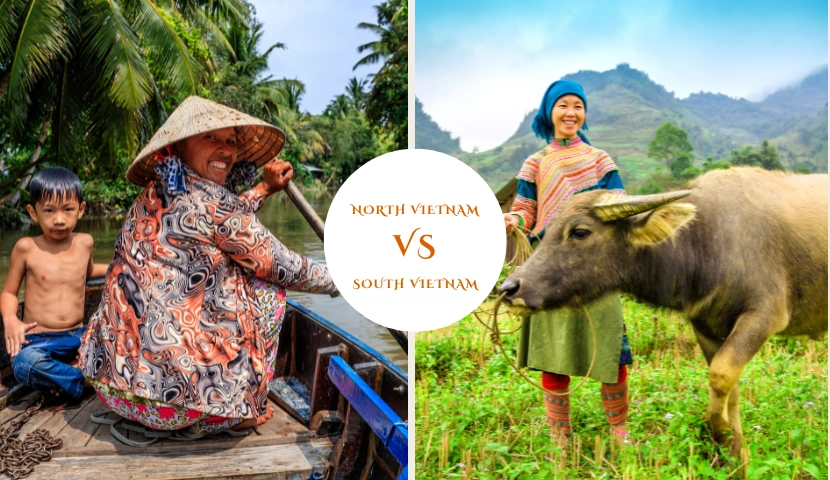







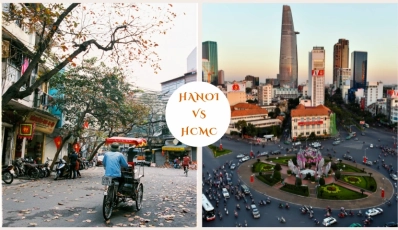
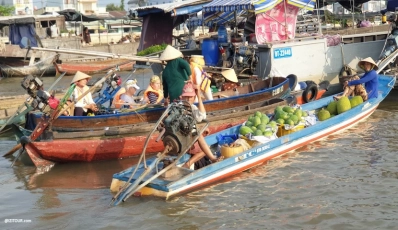
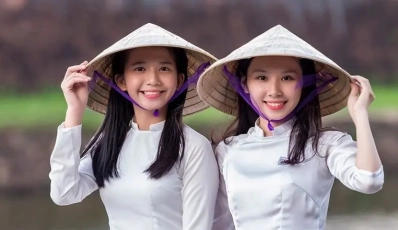

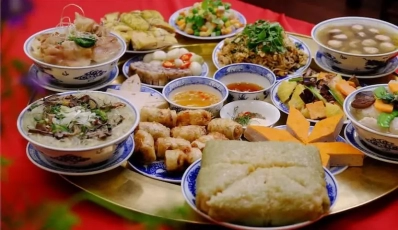
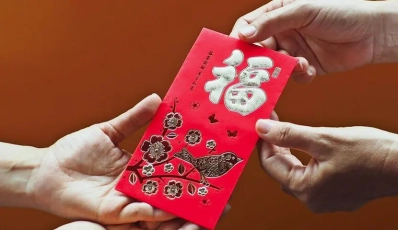

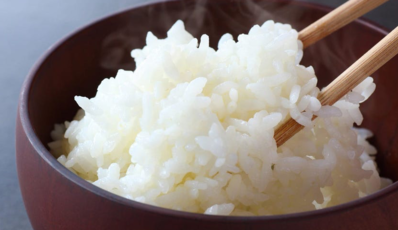

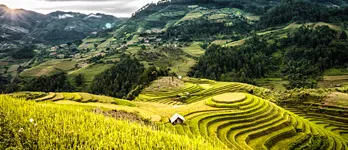
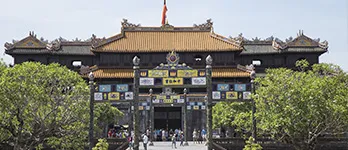
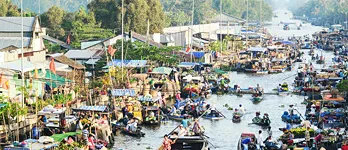

 TRAVELERS' CHOICE 2025
TRAVELERS' CHOICE 2025 